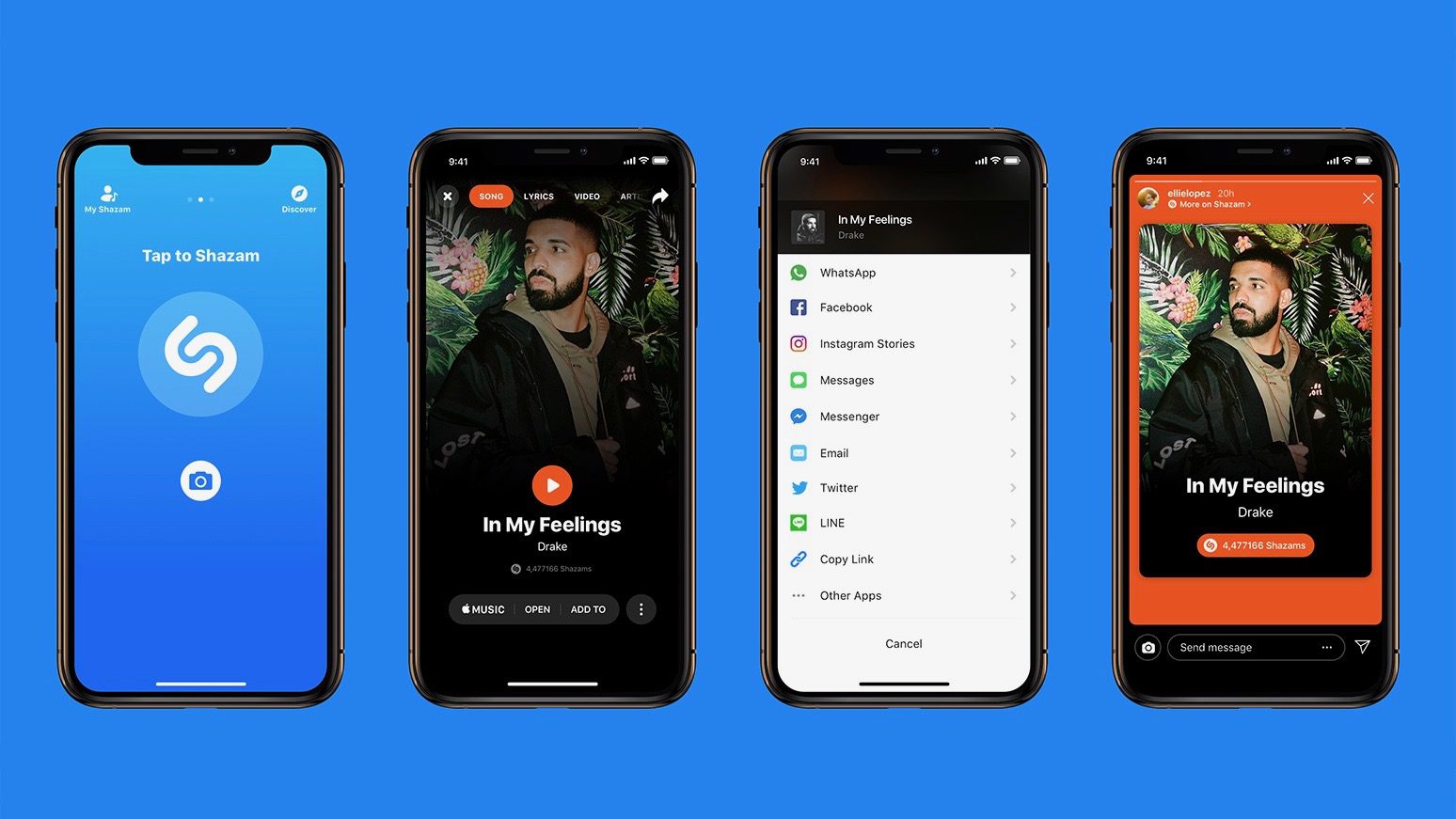Is Instagram’s new update a turning point for combatting influencer fraud?
- Monday, March 25th, 2019
- Share this article:
Adam Williams, CRO of influencer marketing platform Takumi explains how Instagrams latest update will affect influencer marketing campaigns in 2019

With approximately 38 per cent of influencers resorting to tactics that artificially inflate their posts’ comment numbers alone, it’s no wonder that brands who self-manage influencer programs have felt a growing unease about their due diligence.
Research conducted by HypeAuditor claims that the growth in ‘comment pods’ (groups of influencers collaborating to boost engagement) is the main driver of this fraudulent activity, especially in Italy (17.3 per cent), Germany (15.8 per cent) and France (13.8 per cent). Brands and businesses are becoming increasingly aware of this fraudulent activity – which creates negative impact on ROI, but that doesn’t necessarily make it easier to manage in-house or manually.
Reducing engagement or reach fraud takes a combination of manual checks, strict vetting and technology to track suspicious activity. AI-powered technology can monitor for anomalies such as sudden and significant spikes in follower numbers, which is an immediate sign that the account could be relying on follow-backs and buying ‘bot’ followers to boost its audience.

Automated anti-fraud technologies can also eliminate fake engagement from brand campaigns by eliminating ‘bot likes’ and by auto-removing any content that isn’t appropriately labelled as being in partnership with, sponsored by or paid for by a brand. There’s no easy fix.
With mounting concern over fraudulent activities on social media, clarity is now absolutely paramount and step in the right direction towards changing any negative market perceptions is Instagram’s new Ad format – Branded Content.
The update explained
The ‘Branded Content’ Ad format, which was introduced on Instagram in early March, marks a replication of an ad format previously launched on Facebook. Essentially, it means that influencers can apply to have their own Branded Content Ads feature, which in turn, will give brands the opportunity to boost the content that they have been tagged in, directly from the influencers’ profiles.
This gives brands access to truly authentic and highly creative content from influencers who genuinely recommend their products, as well as creating a foundation to build more meaningful relationships with influencers. By encouraging brands to build relationships with influencers, we should also see less of the one-off transactional discount-code style campaigns that deliver very little long-term brand loyalty.
It also marks the next step in encouraging transparency and anti-fraud on Instagram, as every brand will now also have direct access to the ad’s metrics, enabling them to monitor performance. This new level of accessibility will act as an effective tool towards combatting influencer fraud simply because it makes post performance and engagement boosting metrics directly visible to the business or brand.
The big impact for small brands
With 80 per cent of Instagram accounts following a business or brand, and 90 per cent of the top 100 brands in the world having an account, as an online platform, Instagram has the unique power to influence brand successes. The Branded Content Ad format is most likely to benefit smaller brands most significantly. Whilst larger brands may have the in-house capacity to create, manage and optimise influencer activities at scale, medium and smaller brands commonly do not have this luxury. This update gives smaller brands new-found access to a huge and trusted network of creative, inventive and authentic influencers, particularly micro-influencers who can be the most compelling brand advocates have.
As a result, the brand-related content that Instagram users see will eventually start to feel more authentically ‘of the influencer’ rather than too contrived or overly-briefed by a certain brand. As well as this, these smaller sized businesses will have the opportunity to evaluate the impact that influencer marketing has, assessing what’s effective.
One word of caution however is that the process of managing these promotional boosts on a larger scale, could be a hurdle for smaller brands to try and overcome. Regardless, these changes are hugely significant, and they pave the way for small brands to use influencers as ‘creative directors’ in their own right.
What does the future hold?
Thousands of businesses are now investing in influencer content as a way of complementing their internal production capabilities and reaching new audiences in the most cost-effective way possible. Having said this, inflated metrics and managing relationships at scale are still very real problems, especially for smaller and rapidly scaling brands.
With the introduction of these branded Content Ads on Instagram, the concept of an influencer fraud-free social network is growing ever closer, and it is a step in the right direction. A transparent and regulated future that’s advantageous to influencers, consumers and brands is undoubtedly drawing increasingly within reach.
















